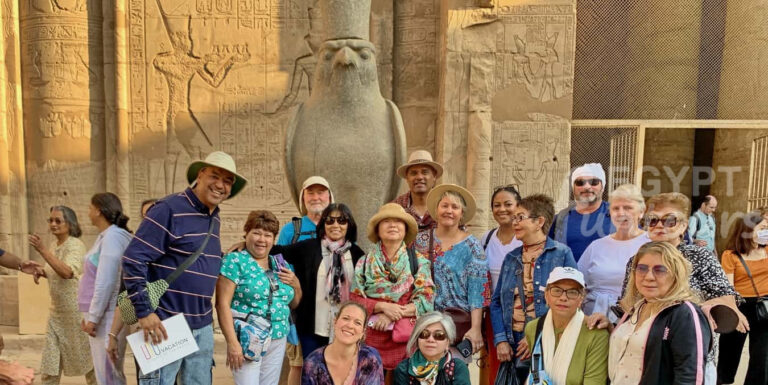Hyenas in Ancient Egypt
Hyenas were significant creatures in ancient Egypt. Depictions of them on ancient tomb walls show this clearly. These images often show Egyptians feeding hyenas. This suggests the relationship was more than fear or disgust for these scavengers.
The care shown in these pictures suggests that Egyptians kept and fed hyenas for their benefit. Ancient Egyptians also used these animals in medicine. They likely harvested substances from hyenas—such as their organs, excretions, or other body parts—for medicinal properties. They may have used these substances to create treatments or for rituals. This practice highlights the Egyptians’ advanced knowledge of animal biology and their innovative use of natural resources in medicine.
Symbolic and Mythological Significance

Ancient Egyptians closely linked hyenas to death and the afterlife. They believed these animals could see and communicate with spirits, connecting them to the spirit world. This association likely came from the hyenas’ scavenging behavior and their presence near burial sites.
Hyenas often appeared in hunting scenes in ancient Egyptian art. Sometimes, dogs attacked them or arrows pierced them, symbolizing their role as both a threat and a target in the wild. Interestingly, artists also frequently depicted nursing female hyenas, possibly recognizing their nurturing qualities.
Practical Uses and Domestication
During the Old Kingdom, Egyptians trained striped hyenas for hunting, much like hounds. Some images show these animals wearing collars, suggesting they were domesticated. This practice highlights the Egyptians’ innovative use of local wildlife for practical purposes.
Ancient Egyptians also fattened spotted hyenas and aardwolves for food and religious offerings. This shows their role in both providing sustenance and serving religious practices.
Cultural Depictions and Folklore

Hyenas often appear as sly, brutish, and dangerous animals in many African and Middle Eastern cultures. Egyptian depictions also reflect these negative traits. Egyptians saw hyenas as scavengers that fed on corpses and were potentially harmful. This ambivalence shows their dual role as both feared scavengers and useful animals.
Hyenas also appear in various cultural and religious contexts, including Middle Eastern and Asian folklore. Here, they often symbolize treachery and stupidity. These perceptions likely influenced their portrayal in Egyptian culture.
Archaeological Evidence
Archaeologists have uncovered artifacts depicting hyenas. These discoveries provide insight into their symbolic and practical roles in ancient Egyptian society. The artifacts help us understand how ancient Egyptians interacted with and viewed hyenas.
Ultimately, hyenas were complex creatures in ancient Egypt. They had both a practical purpose and a deep symbolic meaning. Their association with death, hunting, and religious offerings shows the complicated relationship between the ancient Egyptians and these animals. Archaeological evidence and cultural depictions help us better understand how this fascinating civilization perceived and used hyenas.


























